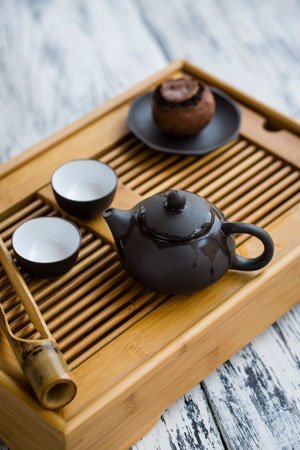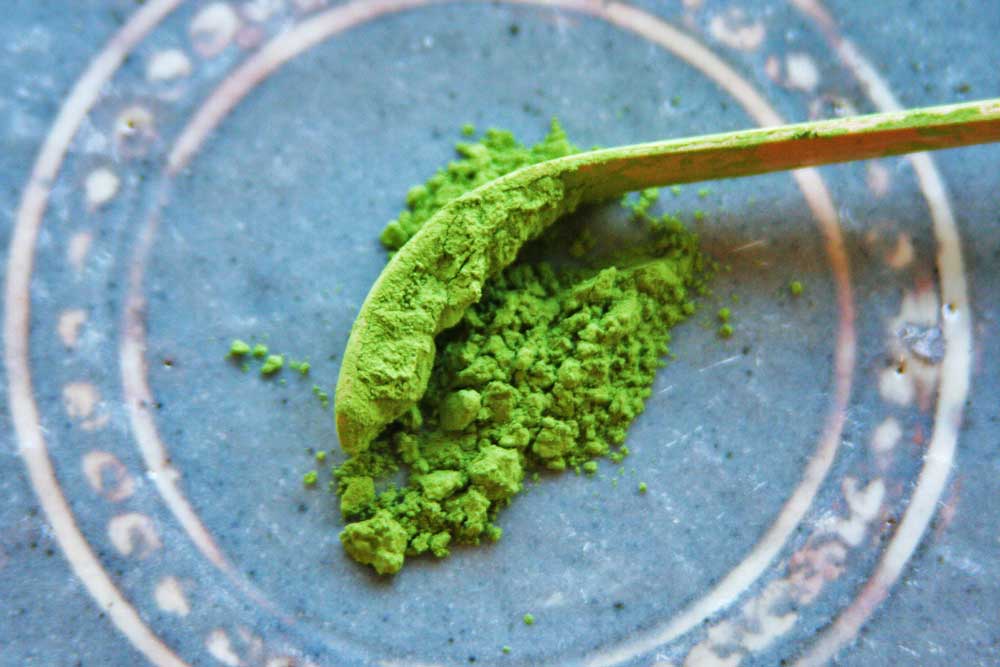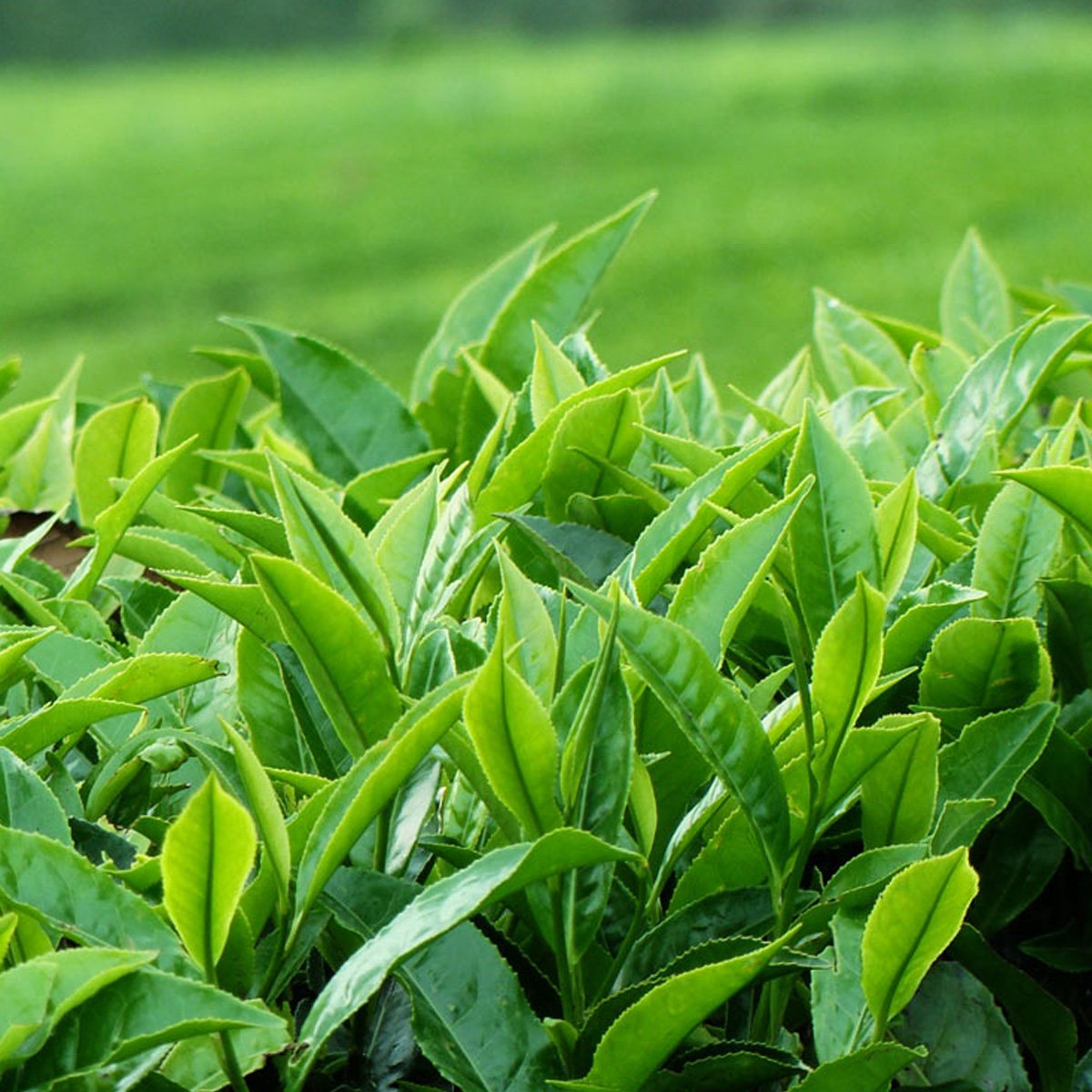Tea… Its entire journey from garden to cup is a work of art that requires mastery. It is a world traveler that we encounter in different forms in every culture. Tea’s journey with humans begins in 2737 BC with the legendary Chinese Emperor Sheng Nong. Sheng Nong, who was already involved in alternative medicine and herbal science, is also known as the father of agriculture and herbal medicine. Back then, he discovered that diseases can be transmitted through water and that it should be boiled and drunk. When a journey is stopped, the leaves that fall from trees into the boiled water change the color of the water and a beautiful scent spreads around. When it is tried, it is felt that it gives vigor and thus the journey of tea begins. Since tea cultivation was not done at that time, the plant was in the form of a tree. Today, tea has become a cultivated plant. Of course, there are still 3000-year-old ancient tea trees that rise up to 12 meters in some regions of China. It is highly probable that Sheng Nong also met tea in a grove with such trees.
It is also possible to understand from its etymological origin that tea was discovered in China. Etymologically, the name tea is considered as an important proof that its culture first began in China. The roots of the words used for tea in various countries are the words t'e (tau) and cha (ça), which are found in the two main dialects of the Chinese language. In many languages, the word tea is formed from these two roots, and there are also similarities in pronunciation. The first written information about tea is found in an old Chinese dictionary called Erh Ya written by Ku P'O in 350 AD. The first handbook on tea was published by the Chinese poet and scientist Mr. Lu Yu in 780. This 3-volume work called Cha Ching (Tea Classic) explains in detail the ways tea leaves are used as food.
Confucius, a thinker known to most of us, also contributed greatly to tea cultivation in China. During his time, he advised and conducted studies on the consumption of tea as food and its cultivation. Some tea companies print Confucius' silhouette on tea packages today. The instinctive acceptances of Chinese culture, harmony, integrity and balance, are indispensable elements of Taoism and Buddhism as well as Confucianism. Tea has also become the plant that these three main movements focused on the most over time. Its physical effect was used in the rituals of these movements and even turned into a ceremony over time. Tea production and consumption have continuously developed and become an artistic myth. So much so that movements have formed all over China, and tea and ceramic masters have emerged. The tea tradition continues to develop and produce new masters today. Today, 3800 different types of production are made from the Tea (Camellia Sinensis) plant in the Asian continent without any mixture. Each one is produced by artists who have mastered their own style.


Think of an art form that you can perceive with all your senses. Imagine smelling the flowers while drinking a tea harvested in spring, or dried fruits, leaves, trees in autumn. Think of the sweet nectar scent in an Oolong tea grown in high mountains. The spring that lingers on your palate when you sip it. Many flavors such as wood, fruit, moss, flowers, soil. You sip your tea in a room set up just for tea, accompanied by an Ikebana (Japanese Flower Arrangement Art) specially prepared for that day, and on beautiful tea sets made by ceramic masters that you cannot bear to look at. Listen to the sounds coming from the poetic movements of the master presenting. Touch the entire existence of the tea in the room at that moment and feel its surrender to the universe. Tea is a beautiful reflection of the law of the universe. It brews at the right time. Neither fast nor slow. Just like the world rotates on its own axis in 24 hours or around the sun in a year. The Gongfu (Kunkfu) brewing technique, which is very commonly used in China, is a wonderful method where you can see the nature of the tea with the naked eye. The literal meaning of Gongfu is ''time to do something''. In this technique, the tea brewed in small teapots, while drinking the water and releasing the aroma, you see the water at the tip of the sprig recede. When the water is completely absorbed, the tea is brewed. In its own nature and at the time it should be. With harmony, integrity and balance.
The tea ceremony is a state of meditation that includes all branches of art, depending on where it is located. Asian Tea Art is the perception of the master hands working with different climates, soils and cultural structures of the blessings that the universe, and therefore nature, offers us. It is a journey that every heart perceives and interprets differently. That is why thousands of types of tea are produced. It is brewed and consumed in different ways in every culture. There is no absolute truth. Although there are quality standards, it is open to appreciation and criticism. In this way, it has been changing and developing for 5000 years. While witnessing the journey of tea, artists who do their job with love guide us.





